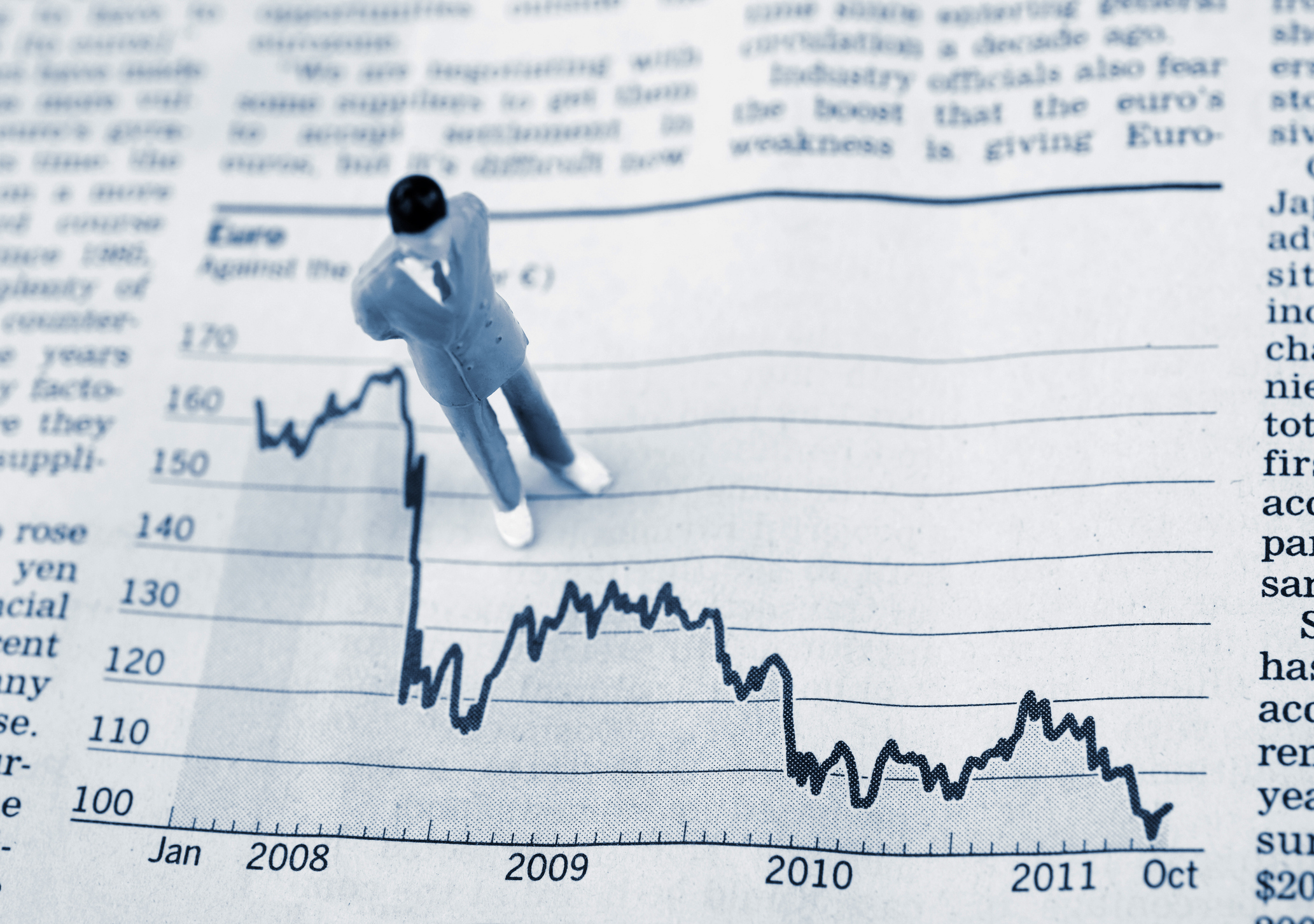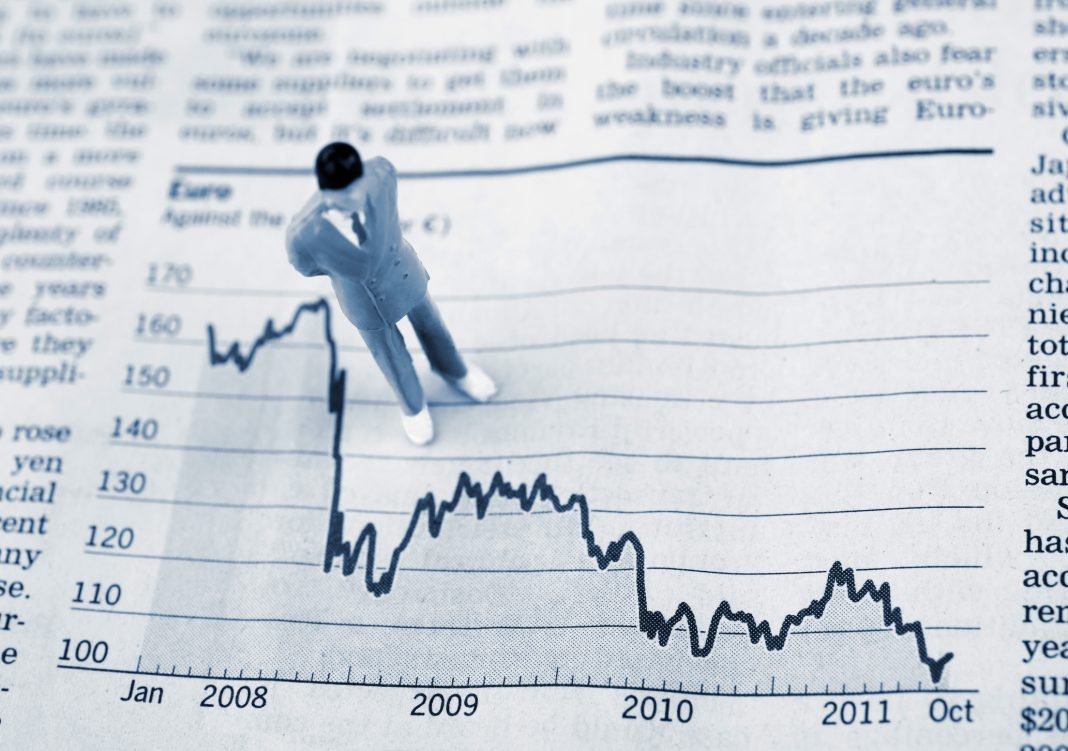 The U.S. labor market experienced a slowdown in April, with the economy adding 175,000 new jobs, falling short of the expected 243,000 positions. This decrease in job growth contributed to an increase in the unemployment rate, which rose to 3.9% from the previous 3.8%. Additionally, average hourly earnings rose at a slower pace than anticipated, and the year-over-year average hourly earnings fell short of market forecasts.
The U.S. labor market experienced a slowdown in April, with the economy adding 175,000 new jobs, falling short of the expected 243,000 positions. This decrease in job growth contributed to an increase in the unemployment rate, which rose to 3.9% from the previous 3.8%. Additionally, average hourly earnings rose at a slower pace than anticipated, and the year-over-year average hourly earnings fell short of market forecasts.
In terms of specific industries, the healthcare sector saw the highest employment gains in April, with 56,000 new jobs. Social assistance, transportation and warehousing, and retail industries also experienced job growth. On the other hand, government and manufacturing payrolls only rose by 8,000.
One notable trend is the divergence between full-time and part-time job creation. While full-time employment surged by 949,000 over the past year, part-time jobs declined by 914,000. This suggests that more individuals are finding stable, full-time employment opportunities.
Furthermore, there has been an ongoing gap between U.S.-born and foreign-born workers. Although U.S. employment gains have remained relatively stable compared to a year ago, native-born employment has significantly increased to 31.726 million.
The federal government’s jobs data has also faced revisions. March job gains were adjusted up by 12,000 to 315,000, while February’s report was revised down by 34,000 to 236,000. These revisions highlight the importance of considering updated data when analyzing the labor market.
The market reacted positively to the latest jobs data, with financial markets experiencing a surge and the Dow Jones Industrial Average rising by over 500 points. In contrast, U.S. Treasury yields dropped, and the U.S. Dollar Index fell below 105.00. Investors are hoping that weakened labor conditions may lead to interest rate cuts by the Federal Reserve.
Giuseppe Sette, the president of financial market research firm Toggle AI, believes that despite the lower-than-expected job growth, interest rate cuts are unlikely in 2024. However, Mark Hamrick, the senior economic analyst at Bankrate, suggests that the labor market may soften in the coming year due to high interest rates.
Analyzing the broader labor data, Chair Jerome Powell stated that while the labor market remains strong, there are signs of cooling down. This assessment aligns with recent findings, such as the reacceleration in labor costs and the increase in unit labor costs. Additionally, job openings and job quits have decreased, indicating employers’ cautious approach to hiring amidst rising labor costs.
Small business owners are particularly adopting a defensive stance in their hiring decisions, with many shelving hiring plans and reserving cash. This sentiment is reflected in the April Challenger data, which shows companies cutting jobs amid rising labor costs.
Despite these challenges, the private sector still added 192,000 new jobs in April, exceeding expectations. The leisure and hospitality, education and health services, and professional and business services sectors led this job growth.
In conclusion, while the U.S. labor market experienced a slowdown in April, there are still signs of resilience and growth. The divergence between full-time and part-time employment and the gap between U.S.-born and foreign-born workers highlight important dynamics within the job market. Revisions in government jobs data and the reactions of financial markets further emphasize the need for careful analysis when assessing the labor market.


